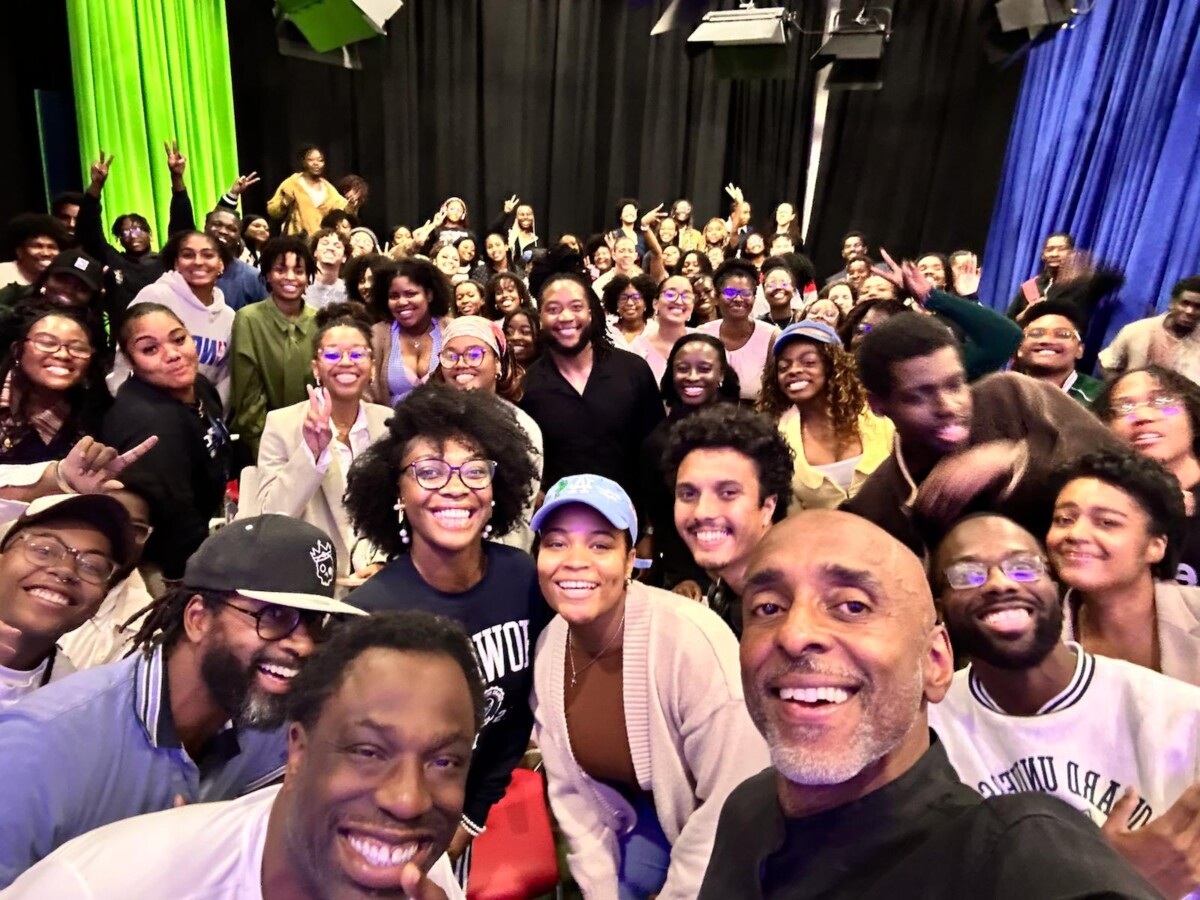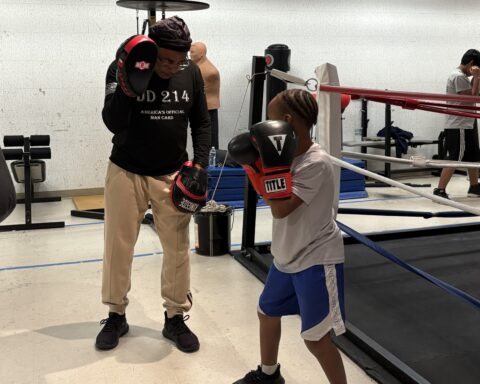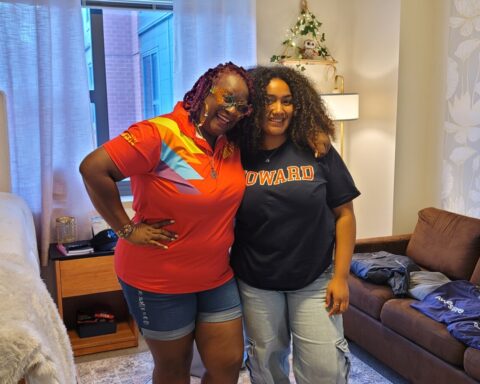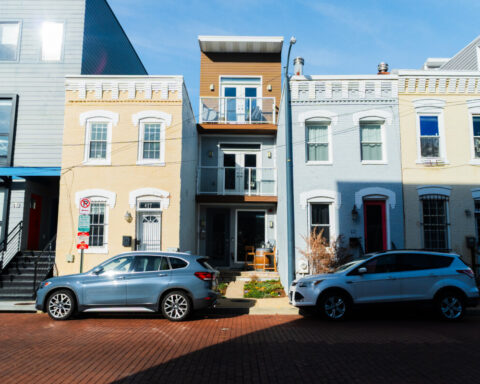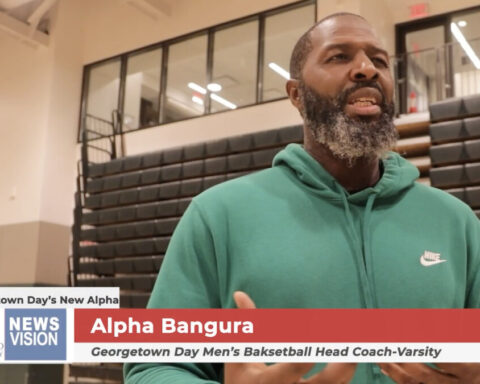WASHINGTON (HUNS) — Acclaimed cinematographer Malik Hassan Sayeed made a triumphant return to Howard University, eager to inspire the next wave of filmmakers and rekindle the creative spark that first ignited on this very campus decades earlier.
Sayeed, known for his work with filmmakers such as Spike Lee and artists including Beyoncé, served as the director of photography for the new psychological drama “After the Hunt,” which opens on Friday, starring Julia Roberts and Ayo Edebiri.
Sayeed welcomed Howard students to a complimentary screening Tuesday evening at Regal Gallery Place in Chinatown. The following day, he met students for brunch and later led a “Light, Lens and Motion” master class in the WHUT-TV building, home to the university’s public television station and a hub for media production. He offered students an intimate look into his creative process and the art of cinematography.
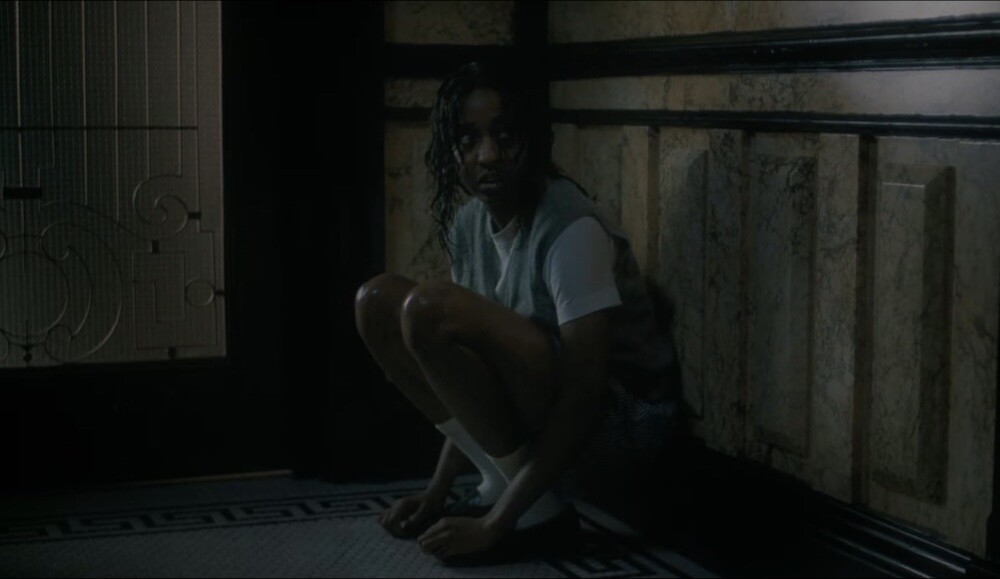
Before the master class, Sayeed took a reflective pause during an interview, sharing insights into his creative evolution, the language of his visuals and the lasting influence Howard has on his artistry.
He credited the university with shaping the foundation of his creative vision and approach to filmmaking. He also spotlighted Ethiopian filmmaker Haile Gerima, director of the 1993 film “Sankofa.”
“This is the foundation of my film education,” Sayeed said. “Working with Professor Haile Gerima was very influential and challenged us to think about what film can be, what we can say and what we should say. [Howard] taught me that as filmmakers, we have a responsibility.”
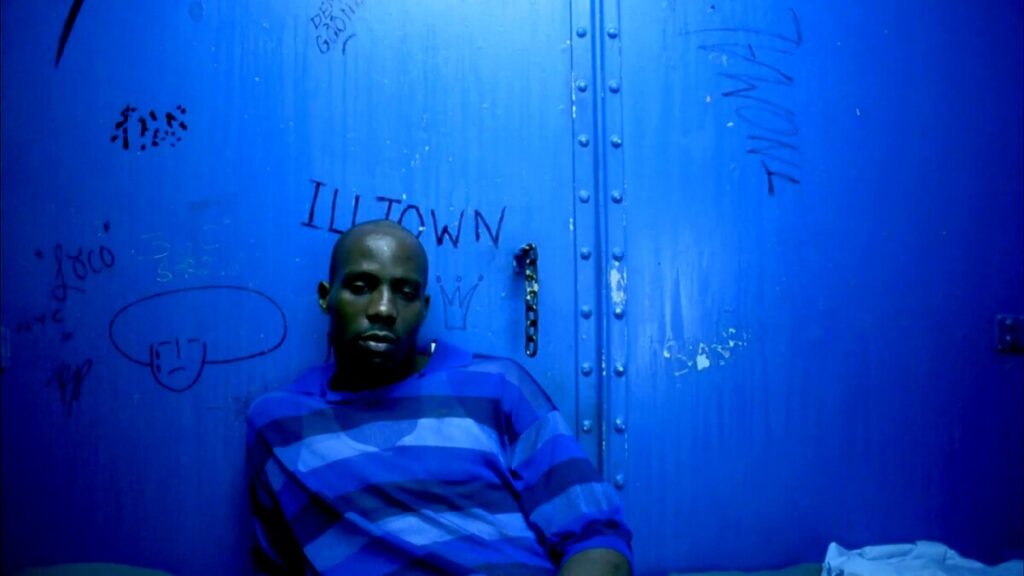
Sayeed also spoke about his signature visual style, one marked by emotional tone, intentional use of shadow and a sensitivity to how light and color shape storytelling.
“I like things to feel organic,” he said. “The visuals should reflect the tone of what we’re doing.”
“If it’s music, the image should look and feel how the music sounds. Most of the drama takes place in the shadows, so that’s where I like to play. I also embrace color, and I push it to make the image resonate with feeling.”
Sayeed, whose past cinematography credits include “Belly,” “He Got Game” and Beyoncé’s “Lemonade,” shared that his creative process often begins with instinct, an impulse he’s learned to trust over time. He described it as a delicate balance between intuition and intentionality, a practice of listening to the first spark of inspiration.
“It’s about privileging the truth of what you’re feeling,” he said. “Usually your first reaction, that implicit response, is the right answer. That’s what I’ve learned to lean into.”
When asked what he hopes audiences will take away from his body of work, Sayeed reflected on the power of authenticity in Black cinema. He spoke about the films he helped create, not as calculated cultural milestones, but as deeply personal expressions that naturally resonated across many.
In Sayeed’s lens, the stories of Black life are vivid and uncompromising because they are rooted in lived truth.
“When we made the films that have become seminal, we weren’t trying to make them that way,” he said. “They just came from an honest place. Because we’re Black, that truth naturally comes through in the work. You can only be you.”
“That authenticity is what lasts.”
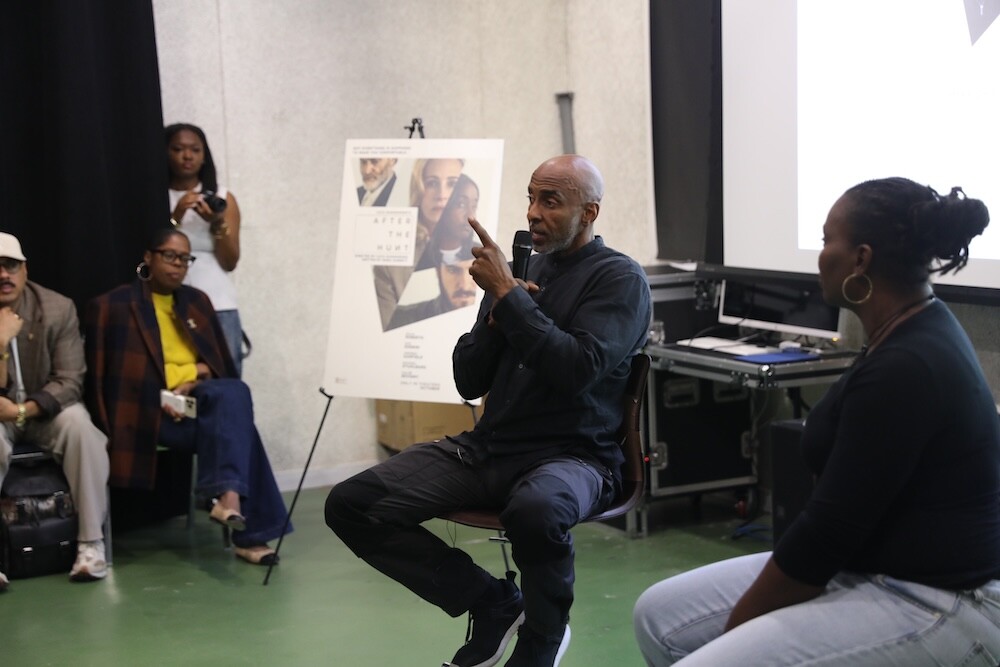
During the master class with Howard students, Sayeed reminisced about his early experiences on small-budget videos, describing them as both a playground and classroom. The environment was intimate and collaborative, a space where experimentation was encouraged and mistakes were embraced as lessons.
“It was a Black space, a community space,” he said. “Everybody who did this work got to learn and practice together. That was my normal, and that approach carries through to his day.”
Sayeed also offered students advice drawn from decades of experience, emphasizing the essentials of filmmaking: collaboration, energy and trust.
“It’s chemistry when people work together,” he told the studio full of students. “Energy is important, and energy gets transferred to the film. You want to work in environments that allow ideas to flow.”
“You’ll find people, and they’ll find you. I have a core team that I try to take with me everywhere I go. It took me a minute to find them, but you find each other as you go.”
By the end of his visit, Sayeed urged Howard students to experiment boldly, work hard and let their creativity be guided by passion.
His time on campus highlighted how institutions like Howard and media hubs such as WHUT, the nation’s first Black-owned public television station, play a vital role in supporting and nurturing the next generation of creators and ensuring that spaces for authentic storytelling continue to thrive.
Bri Outlaw is a reporter for HUNewsService.com.
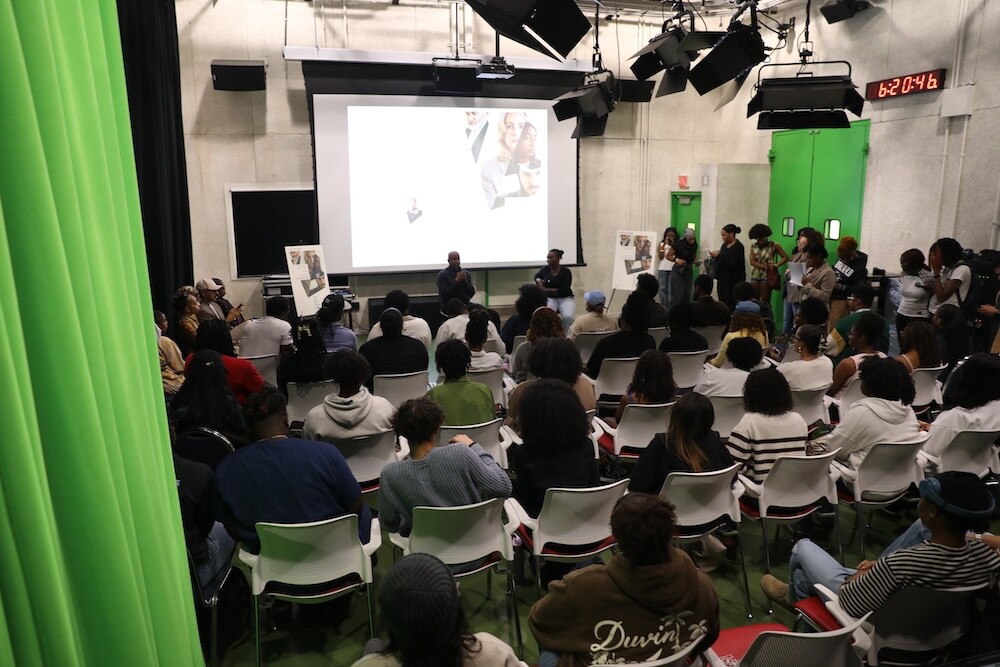
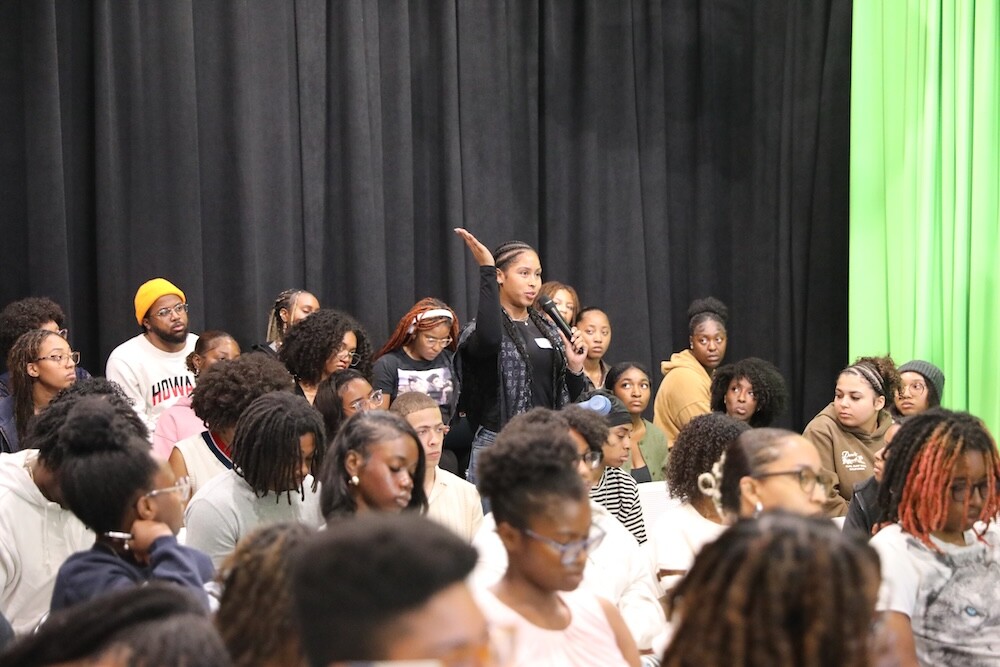
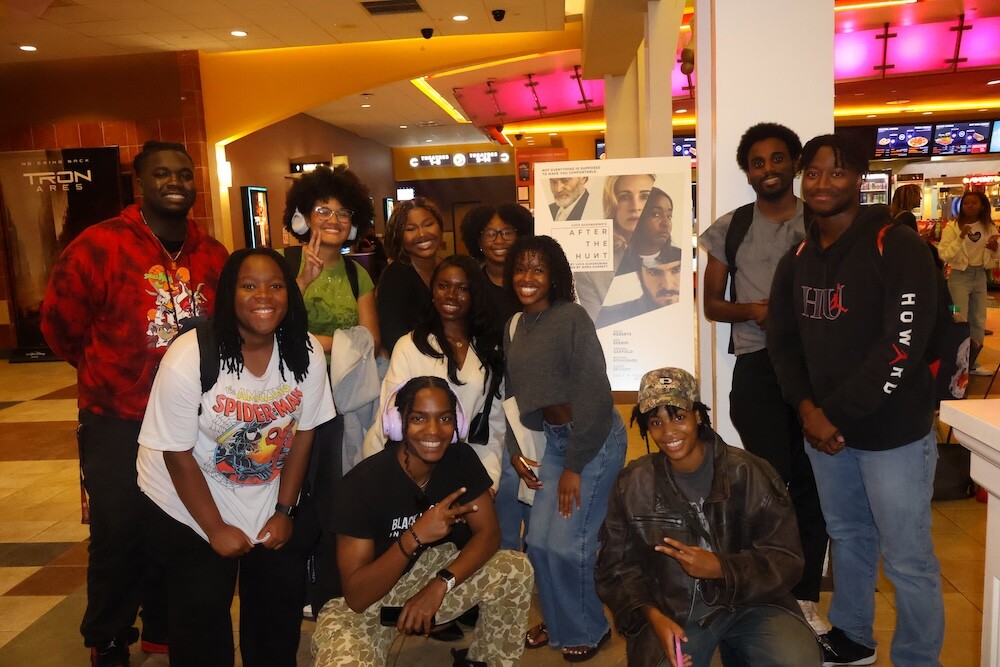
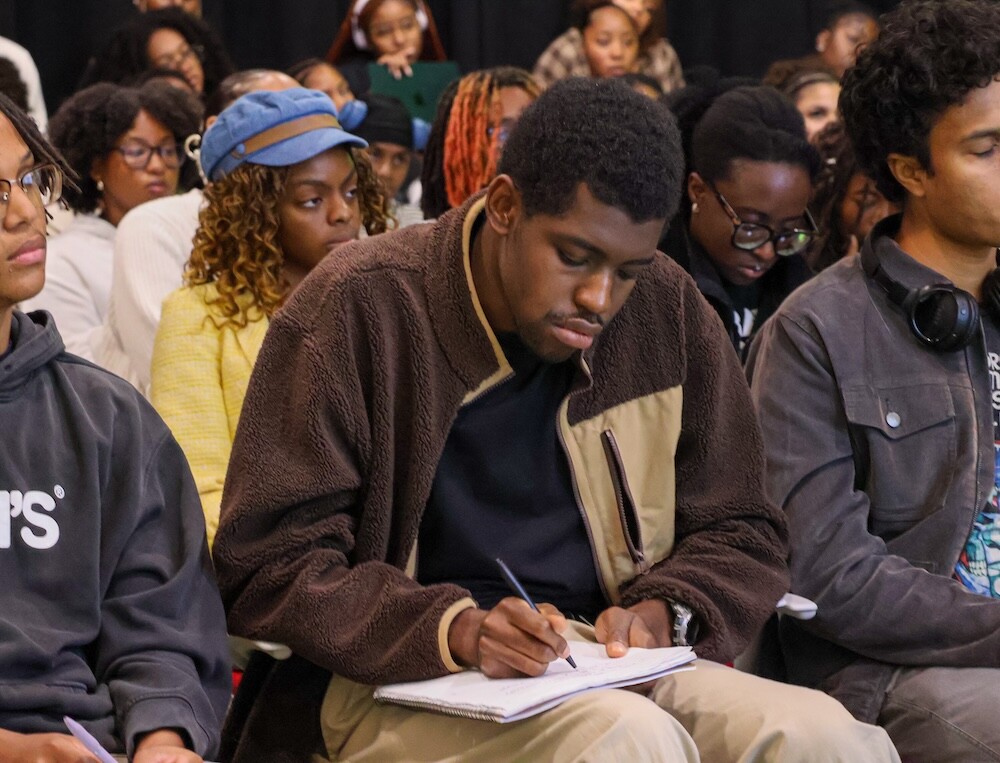
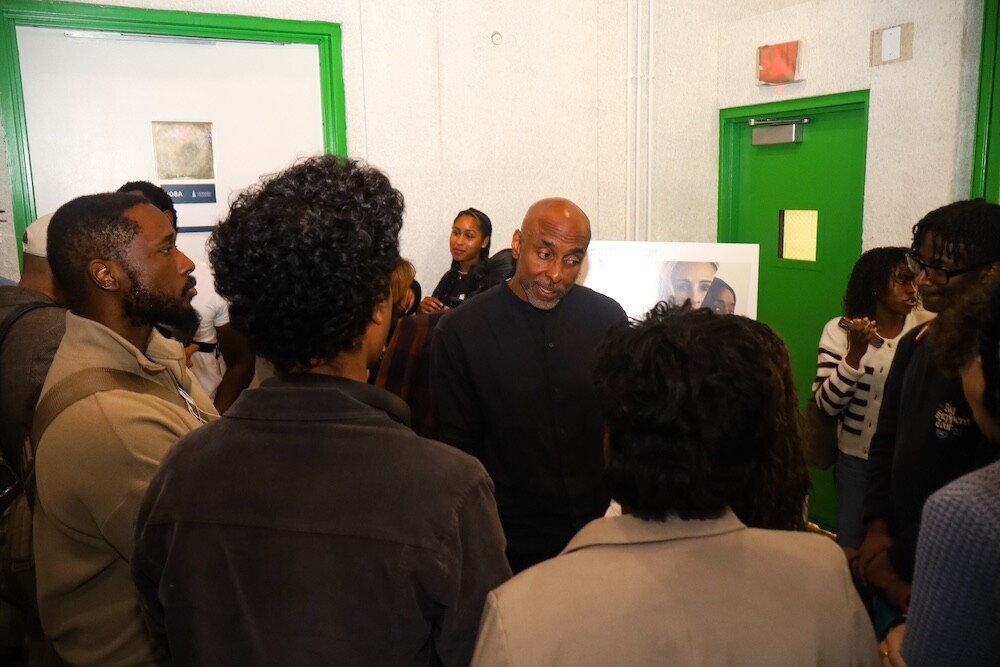
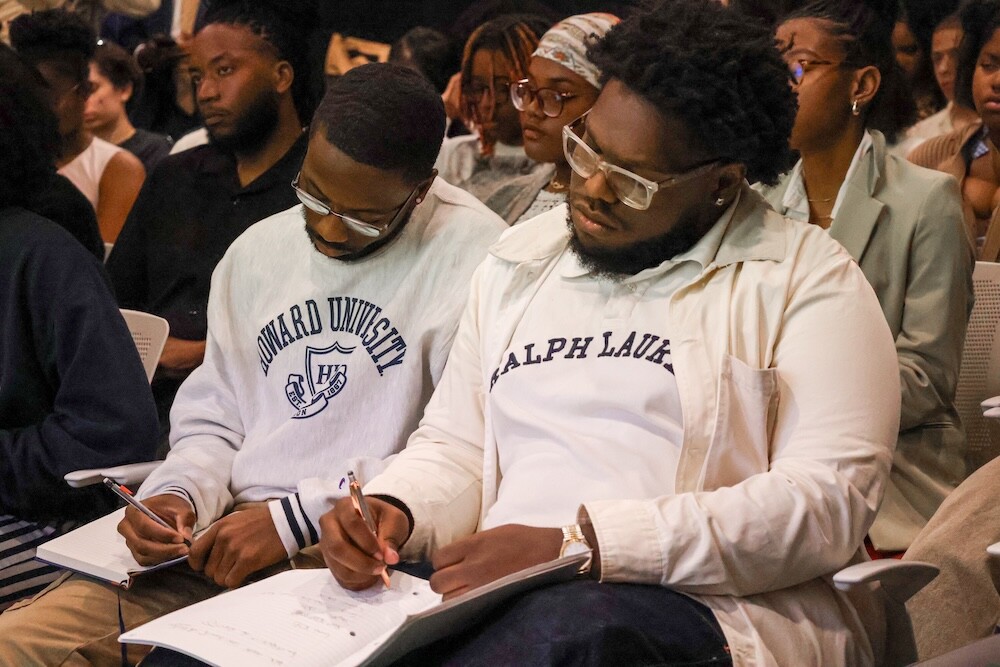
Howard University students celebrate the return of cinematographer Malik Hassan Sayeed, peppering him with questions, listening intently and taking notes. (Credits: First two audience photos by Clifton “C.J.” Jones/HUNewsService.com; screening and bottom photos by Brianna Artis/HUNewsService.com)

